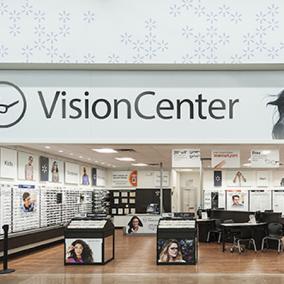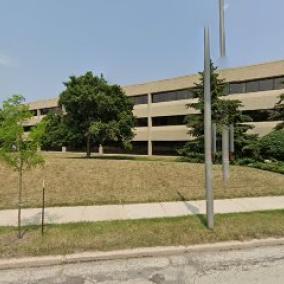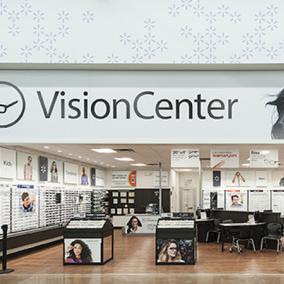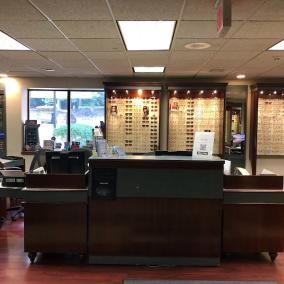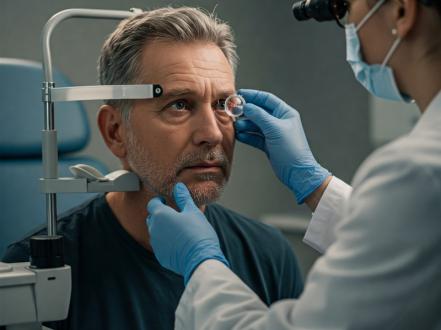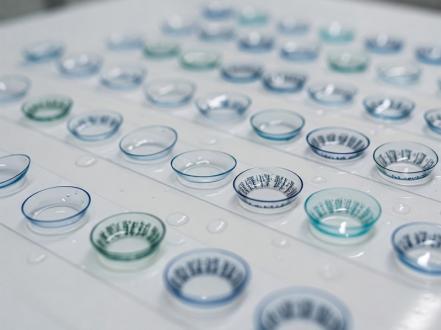Keratoconus is an eye disorder that poses serious challenges to the conventional vision of an individual. It primarily affects the cornea, the clear, dome-shaped front surface of the eyes. Normally, the corneas are round and symmetrical, but with keratoconus, the shape morphs into more of a cone due to the thinning and bulging outward of the cornea. Thus, the meaning of keratoconus is derived from the Greek words "kerato", indicating cornea, and "conus", referring to cone. It is a progressive disorder, with the condition worsening gradually over a span of 10-20 years, most often starting during the late teenage years or early twenties.
What are symptoms of keratoconus?
Symptoms of keratoconus generally develop progressively with no apparent sudden loss of vision. Initial signs might be carried for several years before the illness becomes aware. One cardinal symptom is the drastic alteration in the prescription for glasses or contact lenses as a result of irregular astigmatism. Novices often experience blurred or distorted vision which could alter in just a few days or over several months. Other signs include increased light sensitivity, difficulties with night vision, and seeing multiple ghost images or haloes.
Although the exact cause of keratoconus remains unknown, various factors have been implicated. It's believed to be multifactorial, being influenced by genetics and environmental factors. A significant minority of people with the condition have a family history of keratoconus, suggesting a genetic predisposition. Other potential causes encompass eye injuries, excessive eye rubbing, certain eye diseases like retinopathy of prematurity, and systemic diseases like Down syndrome.
Keratoconus Treatment
When it comes to keratoconus treatment, the goal is to slow progression, manage symptoms, and improve vision quality. The course of treatment often depends on the severity of the condition. In the early stages, eyeglasses or soft contact lenses can help correct vision. However, as the condition progresses and the cornea further thins and changes shape, these might no longer provide adequate vision correction.
There are now a myriad of contact lenses specially designed for keratoconus, such as rigid gas-permeable (RGP) lenses, hybrid lenses, and scleral lenses. When fitted properly by an eye care professional with experience in keratoconus, these can provide dramatically improved vision.
In addition to eyewear, there are surgical treatments available when the condition advances. Collagen cross-linking is one such method where the cornea is strengthened to halt progression, using riboflavin and ultraviolet light. If the cornea scarred or becomes tremendously thin, a cornea transplant might be recommended.
Keratoconus is a serious eye condition which can significantly impact an individual's quality of life. However, with early detection and administered treatment, many people with keratoconus can lead fulfilling lives. Regular eye check-ups, especially for individuals with familial history, are very important for early identification of the condition so that appropriate treatment options can be pursued, thereby curtailing the grievous upshots of keratoconus.


